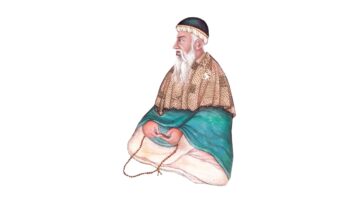IIS held a conference entitled, The Renaissance of Shiʿi Islam in the 15th–17th Centuries: Facets of Thought and Practice, from 3-5 October 2018 at the Aga Khan Centre. The conference investigated and evaluated the intellectual contributions of Shi‘i Muslims during this complex period.
- Watch highlights of the conference
- Keynote address by Dr Farhad Daftary on The Shi‘i Milieu of Post-Mongol Iran
- Keynote address by Prof. Gerhard B Gerhard Böwering on The Confluence of Mysticism and Messianism in Islamic Theosophy (Irfan) in the 15th–17th centuries
The 15th century marked a renaissance for the Ismaili and Twelver Shiʿi traditions after centuries of marginalisation. It was with the commencement of the Imamat of Mustansir biʾllah II around 868/1463– 1464, that the Anjudan revival of the Nizari IsmailisAdherents of a branch of Shi’i Islam that considers Ismail, the eldest son of the Shi’i Imam Jaʿfar al-Ṣādiq (d. 765), as his successor. began. Around the same time, several Shiʿi messianic movements emerged in Iran and spread to neighbouring countries. One of these, the SafavidsA major Shi’i dynasty which ruled Persia (1501-1732 CE), and was succeeded by the Afsharids. (See also Qizilbash, Safawiyya.), became particularly successful. In 1500, led by the youthful Ismail I, the Safavid forces defeated the army of the Aq Qoyunlu, and a year later, in the summer of 1501, took their capital Tabriz, therefore establishing the Safavid state which then became an empire and the first major Shiʿi power since the fall of the Fatimids in 1171. The conference sought to examine many unexplored questions from this multifaceted era.
Held at the newly opened Aga Khan Centre in London’s Knowledge Quarter, this international conference brought together established and emerging scholars from around the world, as well as educators, researchers, students, and those with a general interest in the subject.
An edited publication based on papers from the conference is planned to be released in the future, under the Shi‘i Heritage Series. Publications in this series focus on Shi‘i Islam, promoting a better understanding of its history, doctrines and practices in their historical and contemporary contexts.






